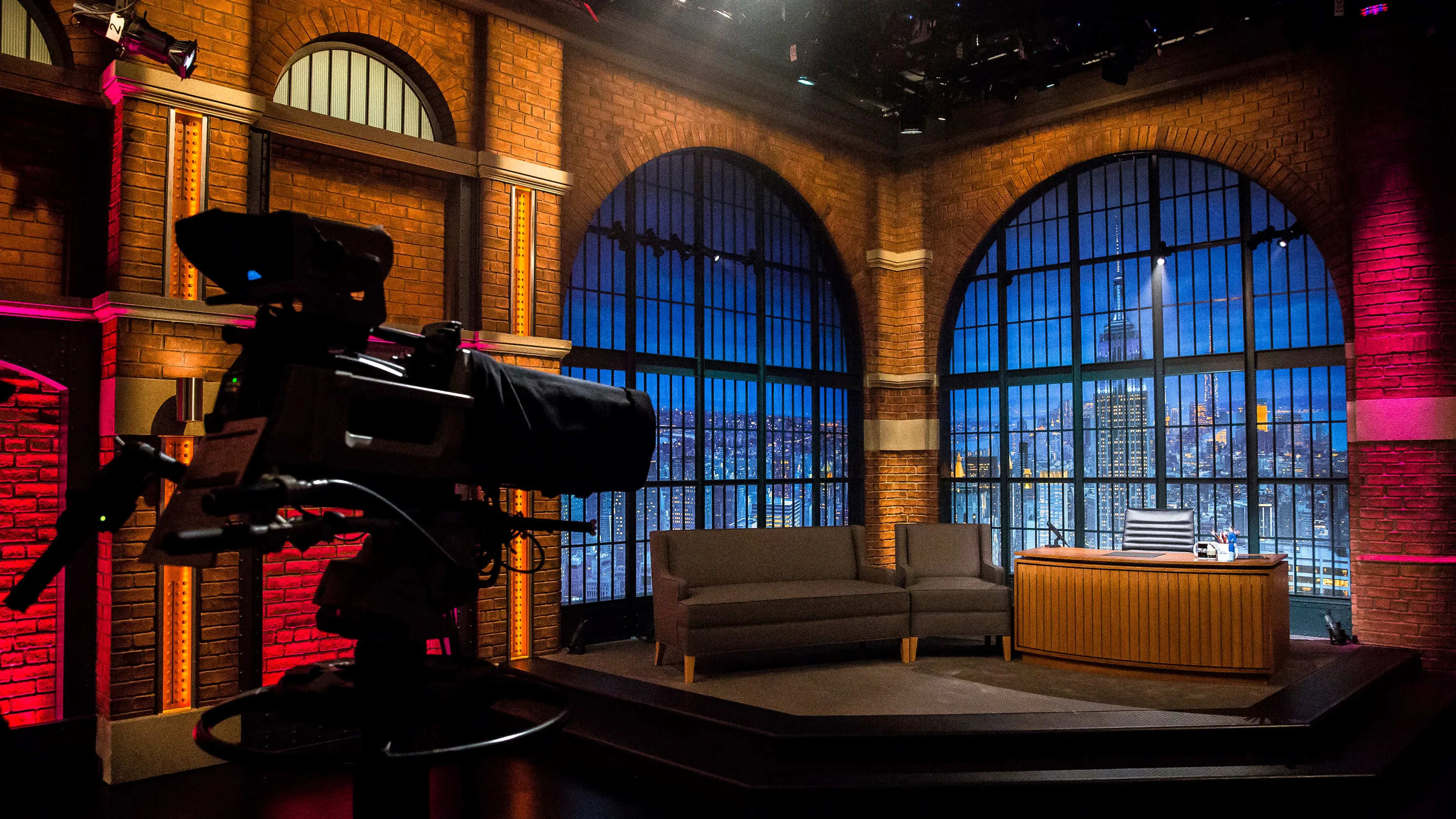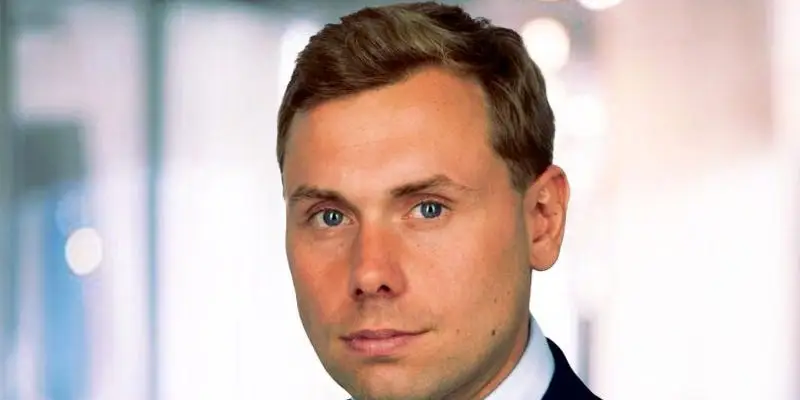By Laura Bradley
Copyright vanityfair

This is part two of a two-part series. Part one can be found here.
This anecdote, passed along by a TV insider who heard it secondhand, neatly encapsulates the current state of late night. Even if its creatives weren’t working in a threatening political climate where hosts can get suspended mere hours after Donald Trump–appointed FCC Chairman Brendan Carr complains about them, late night would still be stuck in something of a digital-era paradox. Though late-night shows still attract millions of viewers across more channels than ever—including YouTube, TikTok, and Instagram—writers say that networks have still not figured out how to monetize that engagement. There are mitigating factors, but sources say the networks themselves have dropped the ball, in increasingly catastrophic ways.
Putting aside the Trump factor, nearly a dozen writers and experts who spoke with VF—mostly before ABC suspended Jimmy Kimmel Live on Wednesday—say late night is being unduly burdened by factors beyond anyone’s control. One of them is the punishing, ultra-depressing contemporary news cycle. Jill Twiss, who previously wrote for Last Week Tonight and The Amber Ruffin Show and now writes for Roy Wood Jr.’s CNN comedy show Have I Got News for You, admits that even she largely avoids current events when she’s not working. “I think people are protecting themselves a little bit,” she says, “and it’s not that fun to be inundated 24/7.”
There’s also more competition now than there used to be. Social media provides a never-ending flood of memes and hot takes, outpacing even the most skilled late-night monologue writers. Decades ago, viewers would eagerly tune into the Tonight Show to hear Johnny Carson’s take on the news. “Now,” former Daily Show correspondent and Nightly Show host Larry Wilmore says, “Something happens, and 1,000 people on Twitter have the best jokes first.”
Audiences are more fragmented than ever, particularly following the rise of video podcasts and YouTube interview shows like Hot Ones and Chicken Shop Date, which command huge audiences and compete with late night for A-list guests. Next to them, broadcast series look like creaky institutions with aging audiences and diminished caché—even if most of these buzzy new shows could easily live on linear late night.
Some onlookers say that today’s late-night shows are partially to blame for declining viewer interest. As Wilmore notes, since Carson’s era, the hosts who have really broken out—the David Lettermans, Jon Stewarts, Conan O’Briens of the world—are the ones who have subverted expectations. Yet in his estimation, most of the remaining legacy shows feel predictable. Late-night expert and LateNighter editor at large Bill Carter agrees that while the old late-night shows are still funny, they could use “a huge injection of energy.”
Many writers, meanwhile, put the responsibility for the decline on the execs who claim to care about profits—even after they rushed to move their programming onto ad-free streaming platforms without any concrete plan for making money through that business model. Carter sees that point as well. “I could go on and on about the way the networks blew their control, their dominance,” he says. “Basically because Netflix came along, and they’re like, ‘Oh, we gotta emulate that model.’ They’ve been losing their shirts on streaming for years.”
“When you watch The Daily Show and Jon Stewart gets 5 million, 8 million viewers for one of his monologues, that video that you’re watching has been subsidized by the less than a million people that watch it on Comedy Central,” Conover says. “And less every day, because the legacy companies made the business decision to kill linear television in order to compete with Netflix.” Big YouTube numbers might be enough to sustain a small show run by three comedians in a basement, but the scale isn’t there to support a full-blown traditional TV production. As Colbert has mentioned, Late Show alone employs 200 people.
It’s not just the viewership numbers, either. Carter suggests that more overtly political shows—the kind that proliferated in the 2010s—could be a tougher sell to advertisers, although Conover points out that Fox News has never had trouble in that department.
Conover rejects the notion that this shift was inevitable. When Netflix first began streaming TV series, he says, entertainment companies could have teamed up with cable companies like Charter and Spectrum to improve cable boxes and use On Demand to compete with the streamer on user experience. “Instead, they said, ‘Oh, let’s all create our own Netflixes that have no ads and cost $15 a month.’”
Former Full Frontal writer and correspondent Ashley Nicole Black is also skeptical that studios and networks have done all they can to reach new audiences. While working on Samantha Bee’s show, she once asked a TBS exec whether they’d ever considered advertising in Black publications such as Essence. “What was said directly to me is, ‘That’s not the audience we’re looking for,’” Black says.
As Black points out, UCLA’s Hollywood Diversity Report—which has been funded, in part, by companies including Netflix, The Walt Disney Company, and Hulu—has found that non-white audiences drive box office success, and that streaming hits tend to feature diverse casts. Given that influence, Black wonders why this audience remains so undervalued.
“When you are in a place where you’re not even trying to reach new audiences, let alone the audience that does the most free marketing, then it’s not the medium” that is the problem, Black says. As pleased as she’s been to see audiences questioning Paramount’s financial claims about Late Show, she also wonders why onlookers never questioned the earlier cancellations of late-night shows led by people of color—a trend she believes has hastened late night’s demise.
To Black, the political and economic shifts late night now faces are more intertwined than some might want to admit. “The studios say, ‘We have these shareholders. We want to make money.’ That’s sort of the official line,” she says. “But they also have the audience they want—and that’s the thing that goes unsaid.”
Carter doesn’t think that all of the other networks will follow CBS’s lead and kill their late-night franchises, at least not yet. (Or so he said before ABC yanked Kimmel, anyway.) If late night became too diluted in the 2010s, Carter points out, maybe a smaller market will bolster the shows that remain. Cable and streaming hosts like Stewart, Oliver, and Bill Maher may be more insulated than broadcast hosts because their networks do not rely on the FCC for licensing. Stewart’s Daily Show is also one of the few original programs left on Comedy Central, which could grant it another layer of protection. Representatives for ABC and NBC did not immediately respond to VF’s request for comment. Neither did personal representatives for Stewart, Oliver, and Kimmel. Representatives for HBO and Paramount declined to comment.
As Kimmel’s suspension suggests, many aspects of the future of late night could lie outside of production teams’ control. As for the creative side, Camillo says, it’s up to writers, producers, and other talent to move past the 2000s-era late-night template. “I think that the product needs a metamorphosis,” she says. For starters, creators and execs need to figure out how to produce late-night shows designed for streaming—a challenge that has so far confounded everyone who’s tried it, besides perhaps John Mulaney. Although many viewers might not consider the comedian’s Everybody’s Live a proper late-night show (it airs weekly and steadfastly ignores current events), Wilmore praised Mulaney for breaking the rules in the same way genre leaders like Letterman have in the past.
In addition to experiments like Mulaney’s, Wilmore expects to see more ideologically driven shows like The Daily Show and, yes, Gutfeld! (Greg Gutfeld, who has proclaimed himself the king of late night and is No. 1 in the 10 p.m. Eastern Time slot—more than an hour before any of his competitors hit the air—has made a point of laughing at Late Show’s demise, and also has been less than sympathetic about Kimmel’s suspension: “People come up to me and go, ‘If you’re a comedian and you’re on TV, you should be upset by this.’ I’m not really,” Gutfeld said on Thursday’s show.)
As Black notes, content creators are also already finding new, cheaper ways to independently produce late-night-esque content. “I don’t think that that’s the preferred future,” she says, pointing out that audience fragmentation only makes it harder for anyone to hold a civic conversation. “[But] I think that we will probably go to a model where it gets smaller and smaller.”
On the financial side, a few forces could actually work in late night’s favor. For one thing, the genre easily lends itself to product placement—a lever many shows already pull to offset costs. Busy Philipps, who revived her defunct E! show on QVC+, could be a particularly useful model. And as Black points out, traditional late night also gives studios a promotional vehicle that exists entirely within their control.
Conover has no doubt that platforms like YouTube will continue to grow as well—and that as they do, they’ll absorb more and more of the entertainment market. As that happens, he wants to make sure the industry continues to pay workers fairly. It took decades for the linear TV industry to construct its ad model, set rates, and unionize, Conover says. Now the same needs to happen on the streaming side.
As YouTube channels get bigger and bigger, their sales process has to get more sophisticated as well. That means convincing advertisers to pay higher rates and attracting bigger brands. Right now, Conover says, the biggest late-night-adjacent YouTubers mostly trade in ads from direct-to-consumer brands like Squarespace and MeUndies. “They’re dick pills,” he says. “It’s still that kind of advertiser. Coke is not yet advertising on these channels.” If the genre’s ever going to be as profitable on the internet as it was on television, that will need to change.
Josh Gondelman, an alum of Last Week Tonight and Desus & Mero, worries that big streamers might test new formats as a way to skirt union regulations. “When you hear something like Ted Sarandos saying, ‘Oh yeah, we can see bringing premium video podcasts onto Netflix’—are these going to be union jobs, like TV talk shows are?” he wonders. “Or are people going to cultivate this new economy where they perform some kind of category fraud to avoid paying the crews and the writers what they would otherwise have to pay?”
Conover also refuses to blame audiences, new technology, or the shows themselves for studio executives’ failures. “If 5 million people are watching a show every single night and you’re not making money off of it, that’s your fault,” he says. “It’s your problem.”



